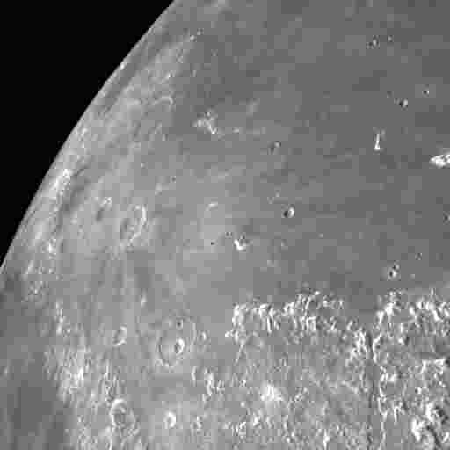Rocket Lab gets contract to build 18-satellite constellation for U.S. military
Rocket Lab was yesterday awarded a half billion dollar contract to build the next set of eighteen satellites of the U.S. military’s Tranche communications satellite constellation.
Rocket Lab will act as prime contractor for the $515 million USD firm-fixed price agreement, leading the design, development, production, test, and operations of the satellites, including procurement and integration of the payload subsystems. The contract establishes Rocket Lab’s position as a leading satellite prime contractor, providing supply chain diversity to the Department of Defense (DoD) through vertical integration. The contract comprises $489 million base plus $26 million of incentives and options and will be carried out by Rocket Lab National Security (RLNS), the Company’s wholly owned subsidiary created to serve the unique needs of the U.S. defense and intelligence community and its allies.
The plan is for these satellites to launch in 2027. It does not appear that the contract includes the launches itself. Rocket Lab can do some, but it is likely the military will award some to SpaceX and others.
This deal continues the military’s shift from designing and building its own satellites that usually cost too much and are years behind schedule to buying the product from the private sector. It also continues the shift from large unwieldly and very exposed single satellites to constellations of many small satellites that are difficult to destroy..
Rocket Lab was yesterday awarded a half billion dollar contract to build the next set of eighteen satellites of the U.S. military’s Tranche communications satellite constellation.
Rocket Lab will act as prime contractor for the $515 million USD firm-fixed price agreement, leading the design, development, production, test, and operations of the satellites, including procurement and integration of the payload subsystems. The contract establishes Rocket Lab’s position as a leading satellite prime contractor, providing supply chain diversity to the Department of Defense (DoD) through vertical integration. The contract comprises $489 million base plus $26 million of incentives and options and will be carried out by Rocket Lab National Security (RLNS), the Company’s wholly owned subsidiary created to serve the unique needs of the U.S. defense and intelligence community and its allies.
The plan is for these satellites to launch in 2027. It does not appear that the contract includes the launches itself. Rocket Lab can do some, but it is likely the military will award some to SpaceX and others.
This deal continues the military’s shift from designing and building its own satellites that usually cost too much and are years behind schedule to buying the product from the private sector. It also continues the shift from large unwieldly and very exposed single satellites to constellations of many small satellites that are difficult to destroy..



